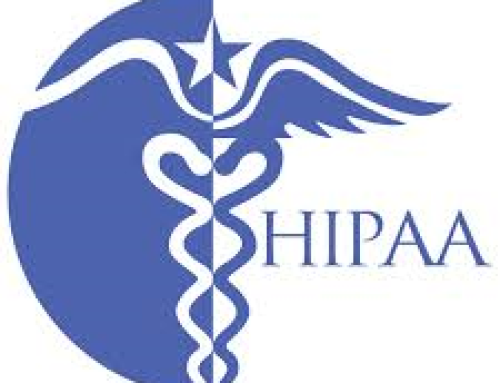| If you want to learn more about the implications of opioid addiction and how your organization can minimize risk and cost impact – Join us for our free webinar on June 29th “The Hidden Impact of Opioid Addiction.” Dr. John Milne of Avnew Health discusses topics from decreasing incurred costs in your health plan to reducing abuse among patients. Click here to register. |
The opioid epidemic is a real concern, not only for the patients and providers but also for payors and health plans. According to a study by the Centers for Disease Control and Prevention, there could be correlation between insurers picking up the costs opioid prescriptions and the rise of opioid related deaths.
The study, which was published on Health Affairs found that:
- 17% of spending on perception pain medicine in 2012, came from consumers paying out-of-pocket costs compared to a total of 53% in 1999
- Out-of-pocket spending on opioid was down to 90 cents in 2012, compared to a whopping $4.40 in 2001
Medicare is the biggest payer for opioids and covers a total of between 20-30% of costs for patients. This study is spurring a conversation about more research on the payer side of opioid abuse. It is possible that if payers change their payment strategies and policies, to address opioid abuse, the results could lend to less “avoidable opioid-related mortality.
The CDC’s Tips for Preventing Over-Dose Deaths*…
- Improve opioid prescribing to reduce exposure to opioids, prevent abuse, and stop addiction
- Expand access to evidence-based substance abuse treatment, such as Medication-Assisted Treatment, for people already struggling with opioid addiction.
- Expand access and use of naloxone—a safe antidote to reverse opioid overdose.
- Promote the use of state prescription drug monitoring programs, which give health care providers information to improve patient safety and prevent abuse.
- Implement and strengthen state strategies that help prevent high-risk prescribing and prevent opioid overdose.
- Improve detection of the trends of illegal opioid use by working with state and local public health agencies, medical examiners and coroners, and law enforcement.
Understanding the warning signs within provider networks to prevent addictions from the start is key to minimizing the risk and cost impact to all healthcare organizations.






